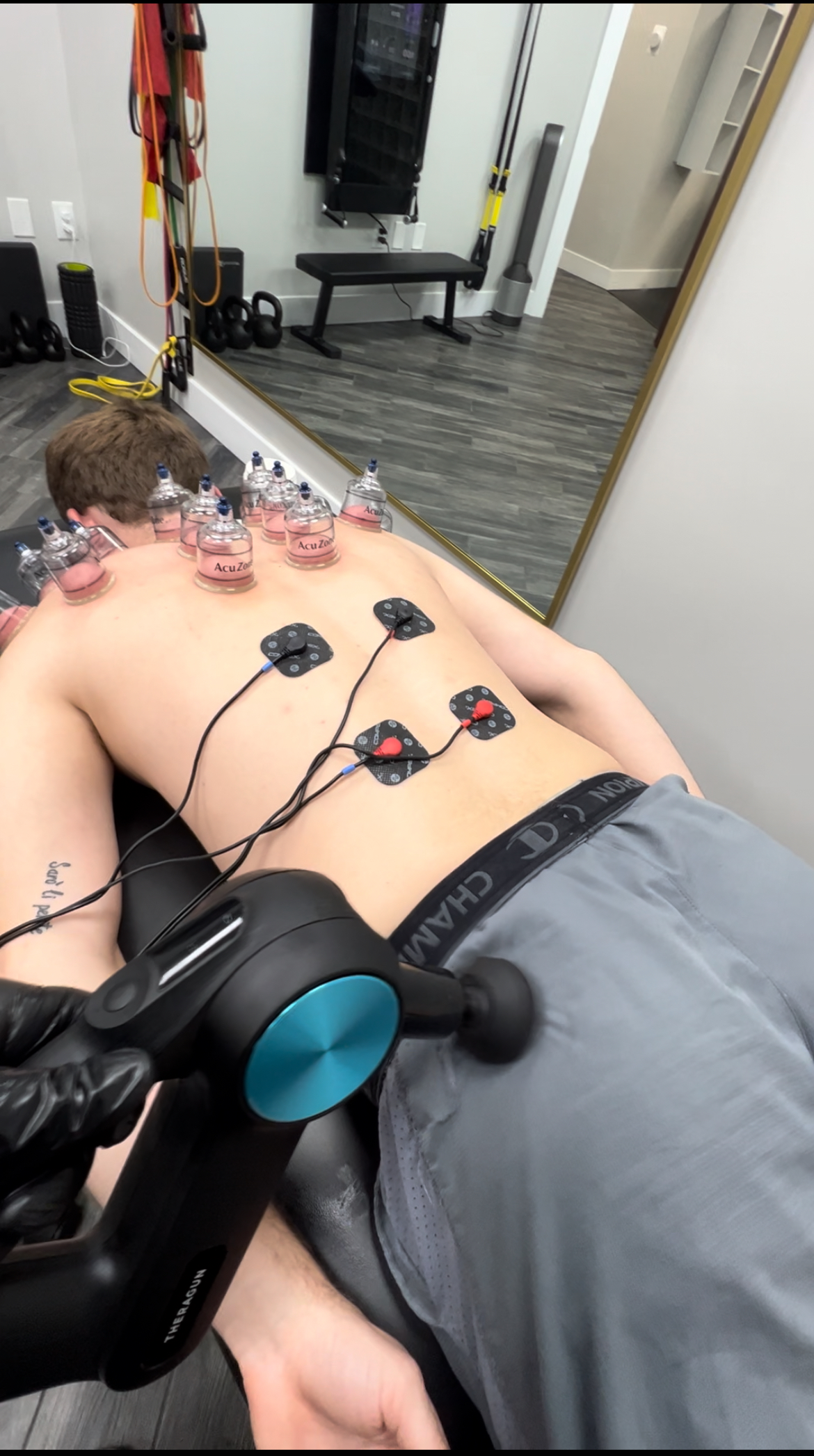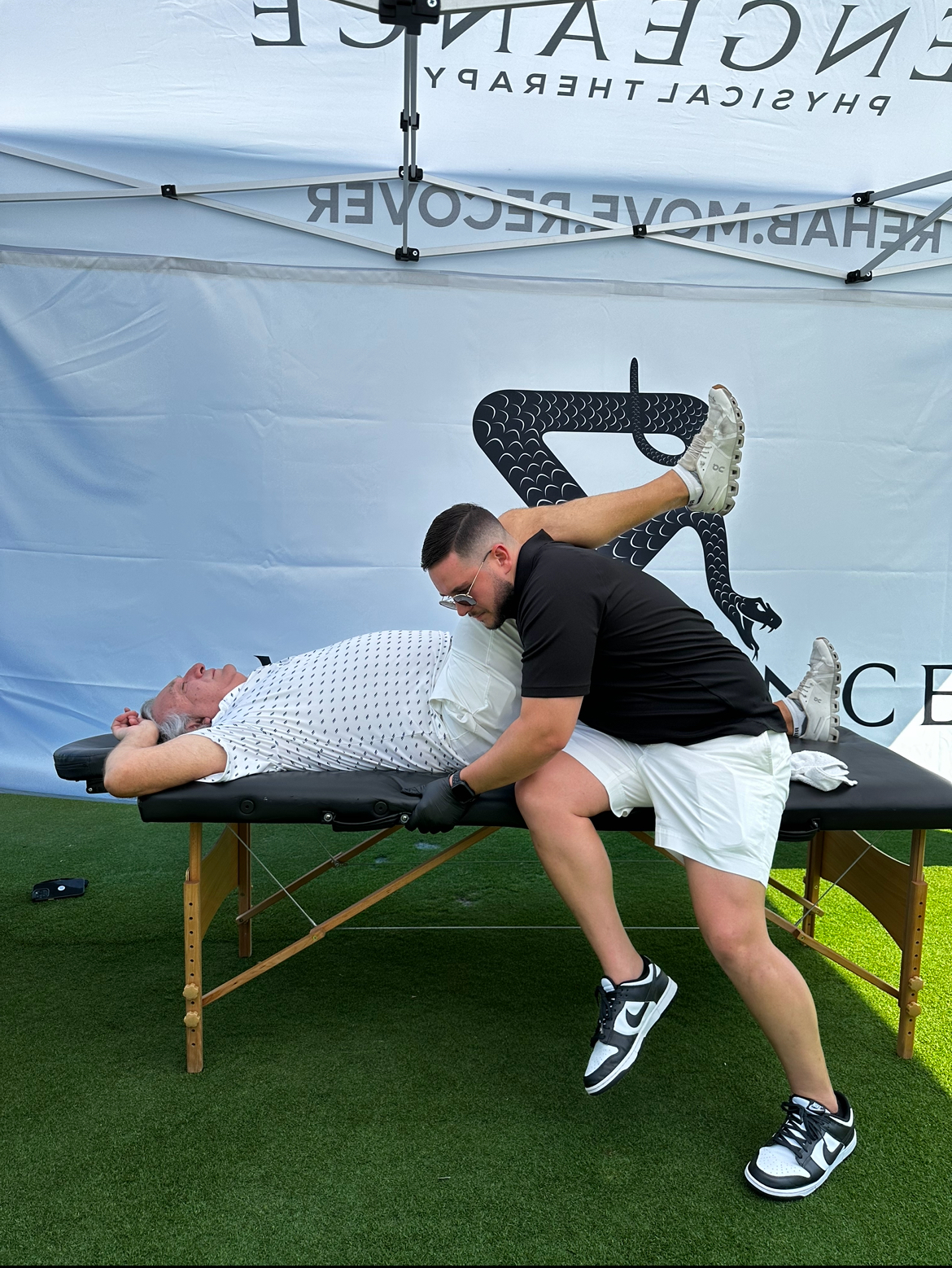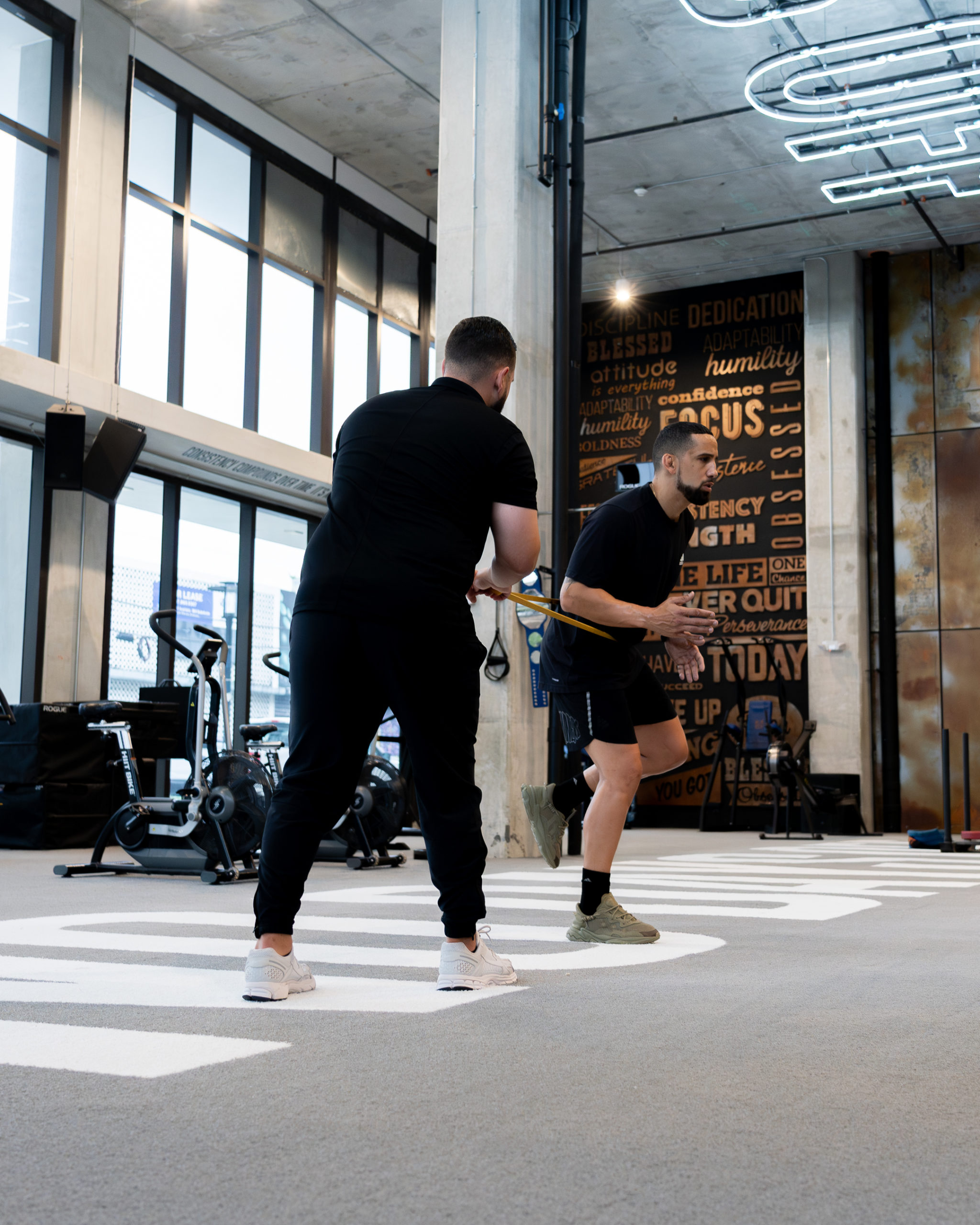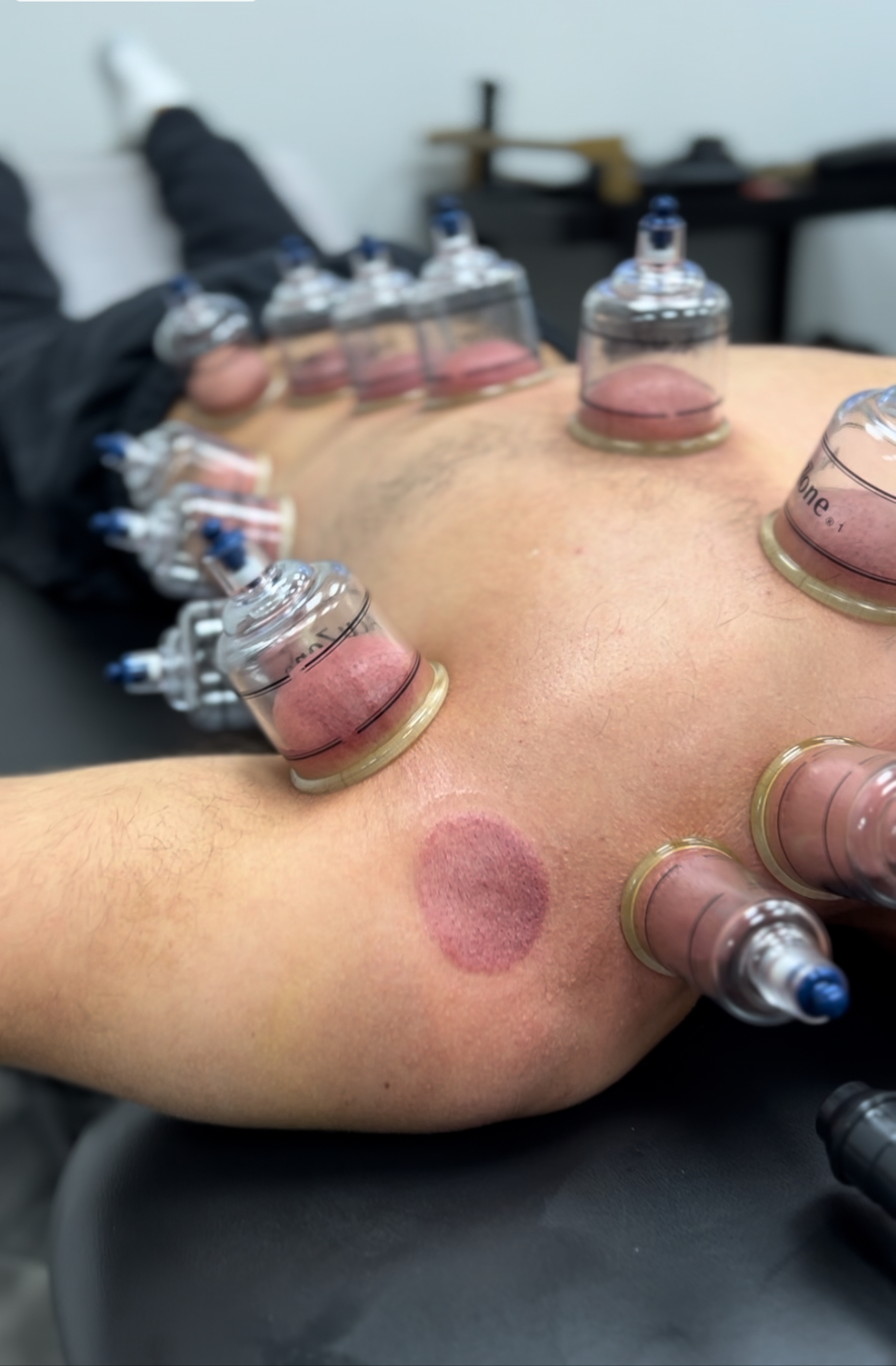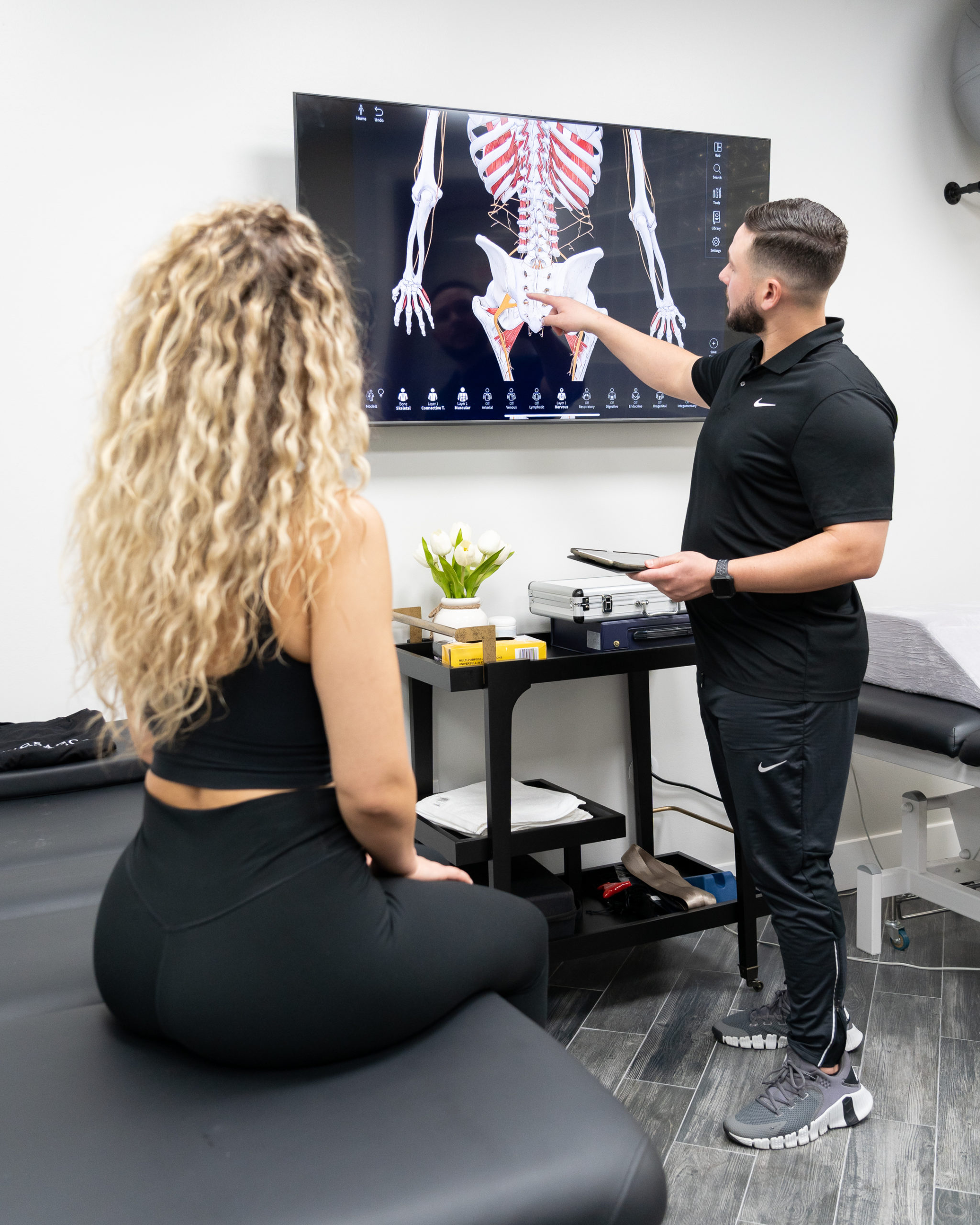Introduction
Low back pain is a common affliction, affecting people of all ages and backgrounds. Whether it’s a result of injury, lifestyle, or chronic conditions, this type of pain can significantly impact daily life. However, physical therapy offers a beacon of hope, providing effective methods for pain relief and improved function. In this article, we’ll explore how physical therapy can be a game-changer for those suffering from low back pain.
Understanding Low Back Pain
Causes and Risk Factors
Low back pain can stem from a variety of causes including muscle or ligament strain, bulging or ruptured discs, arthritis, skeletal irregularities, or osteoporosis. Risk factors may include age, lack of exercise, excess body weight, diseases, and improper lifting techniques.
Symptoms
Symptoms can range from a dull, constant ache to a sudden, sharp sensation. The pain might be acute (short-term) or chronic (long-lasting), and it may be exacerbated by certain activities or postures.
Role of Physical Therapy in Managing Low Back Pain
Physical therapy is a cornerstone of treatment for low back pain. It offers a non-surgical, medication-free approach to pain management, emphasizing movement and functionality.
Assessment and Personalized Treatment Plans
A physical therapist will begin with a comprehensive assessment to determine the specific causes and nature of your back pain. Based on this evaluation, they’ll develop a personalized treatment plan.
Core Strengthening and Flexibility Exercises
- Strengthening the core muscles can provide better support for the back, reducing pain and preventing future injury.
- Flexibility exercises and stretching can improve range of motion and reduce tension in the muscles supporting the spine.
Manual Therapy
- Techniques such as massage, mobilization, and manipulation can help alleviate pain and improve movement in the lower back.
Posture Education
- Learning and practicing proper posture can reduce the strain on your back, preventing pain from worsening.
Pain Management Techniques
- Modalities like heat/ice therapy and TENS (transcutaneous electrical nerve stimulation) can provide immediate pain relief.
Incorporating a Holistic Approach
- Lifestyle modifications, such as maintaining a healthy weight and ergonomic adjustments in daily activities, are also essential components of managing low back pain.
Conclusion
Physical therapy offers a comprehensive approach to managing low back pain, focusing on reducing pain, improving mobility, and enhancing overall quality of life.
Seek Professional Guidance
It’s important to consult with a healthcare professional or a licensed physical therapist for an accurate diagnosis and personalized treatment plan.

